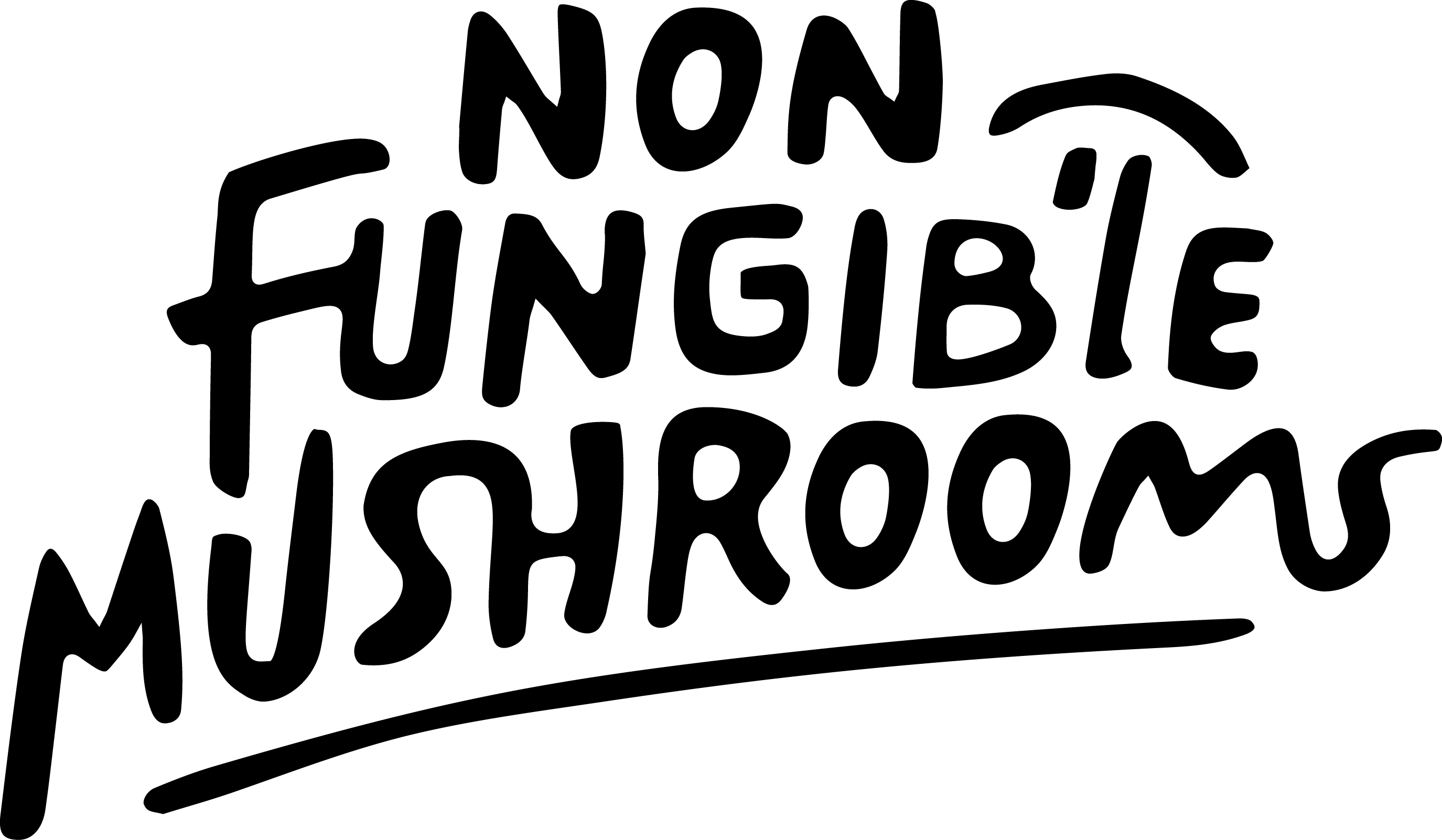Are you looking for a way to add the rich and earthy flavor of mushrooms to your dishes without the hassle of chopping?
The Mushroom Powder is a magical ingredient that can add a powerful punch of umami flavor to your meals. In this blog, we will guide you on how to use mushroom powder in your kitchen and explore its many benefits. Get ready to make your meals delicious and healthy with the magic of mushroom powder!
What is Mushroom Powder?
The mushroom powder is essentially mushrooms that have been dehydrated and pulverized into fine dust. This process not only extends the shelf life of mushrooms but also intensifies their natural flavors and makes them easier to incorporate into recipes.
The mushroom powder is commonly used as a seasoning or supplement, offering a convenient way to add the savory depth of mushrooms to a dish without altering its texture.
The Benefits of Mushroom Powder
Vitamins & Minerals: Mushroom powder is packed with essential nutrients, including:
-
Vitamins: B vitamins such as riboflavin (B2), which aids in energy production and cell growth; niacin (B3), which supports digestive health and nerve function; and pantothenic acid (B5), vital for synthesizing and metabolizing proteins, carbohydrates, and fats.
-
Minerals: It contains a rich array of minerals like selenium, crucial for immune system function and antioxidant defense; copper, important for blood cell production and heart health; and potassium, which regulates fluid balance and nerve signals.
Antioxidants: Mushrooms are a great source of powerful antioxidants like:
-
Ergothioneine: Helps protect cells from oxidative damage and is considered a potential anti-aging compound.
-
Glutathione: Known for its role in preventing cellular damage from reactive oxygen species.
-
Polyphenols and beta-glucans: Known for their immune-boosting and anti-inflammatory properties.
Flavor Enhancer
-
Umami Rich: Adds a deep, earthy flavor known as umami, which enhances the overall taste of dishes without overwhelming other flavors.
-
Versatility in Cuisines: Mushroom powder is incredibly versatile and can be used in a myriad of dishes across various culinary traditions, from thickening gravies to spicing up a marinade.
How to Choose a Mushroom Powder
Choosing the right mushroom powder can elevate your dishes and ensure you reap the maximum health benefits. Here’s how to make the best choice:
Type of Mushroom
-
Consider the Flavor: Different mushrooms offer different flavor profiles. For a strong, earthy taste, go for Shiitake or Porcini. For something milder, try White Button or Oyster mushroom powders.
-
Health Benefits: Research specific health benefits associated with each type of mushroom. For example, Lion's Mane is renowned for cognitive benefits, while Chaga is a powerhouse for immune support.
Quality and Purity
-
Organic Certification: Opt for mushroom powders that are certified organic to avoid pesticides and contaminants.
-
No Fillers or Additives: Check the ingredient list to ensure it contains only 100% mushroom with no added fillers or substances.
Processing Method
-
Drying Process: The best mushroom powders are typically made from air-dried or freeze-dried mushrooms, which preserve nutrients and flavors better than heat-dried methods.
-
Grinding: Ensure the powder is finely milled, as this helps it blend more seamlessly into recipes.
Packaging and Storage
-
Airtight Containers: Choose powders packaged in airtight containers to protect them from moisture and preserve their potency.
-
Dark Containers: Light can degrade the quality of mushroom powders, so dark or opaque packaging is preferable.
User Reviews and Recommendations:
-
Check Reviews: Look at user reviews to gauge the effectiveness and taste of the powder.
-
Ask for Recommendations: Join culinary forums or groups online to get recommendations from other cooking enthusiasts or health experts.
Making Your Own Mushroom Powder vs. Purchasing Mushroom Powder
Whether you’re a DIY enthusiast or prefer the convenience of store-bought, here’s what you need to know about making your mushroom powder and purchasing it:
Making Your Own Mushroom Powder
Step-by-Step Guide:
-
Select Your Mushrooms: Choose fresh, high-quality mushrooms. Common types include Shiitake, Portobello, and White Button.
-
Clean and Slice: Wash the mushrooms thoroughly, then slice them thinly to ensure even drying.
-
Dry the Mushrooms: Use a dehydrator or an oven set to the lowest temperature. This could take several hours depending on the method and mushroom type.
-
Grind to a Powder: Once completely dry, grind the mushrooms into a fine powder using a coffee grinder or food processor.
-
Store Properly: Keep your homemade mushroom powder in an airtight container in a cool, dark place.
Purchasing Mushroom Powder
What to Look For:
-
Source: Opt for powders from reputable brands that use sustainably sourced mushrooms.
-
Purity: Look for 100% mushroom powder without any additives or fillers.
-
Packaging: Ensure the powder is packaged in airtight, opaque containers to maintain freshness.
DIY or Buy Mushroom Powder?
Ask yourself these quick questions to see if you should make or buy mushroom powder:
-
Do you have spare time? If not, buying might be best.
-
Looking to save money? Making it yourself could be cheaper.
-
Want control over quality? DIY lets you choose your mushrooms.
-
How often will you use it? Frequent use might lean towards buying for convenience.
Consider your answers to guide your choice between DIY and purchasing.
Comparison Table
|
Feature
|
Making Your Own
|
Purchasing
|
|
Control Over Quality
|
High - You select and process the mushrooms.
|
Varies - Depends on the brand and source.
|
|
Time & Effort
|
High - Involves cleaning, drying, and grinding.
|
Low - Just buy and use.
|
|
Cost
|
Lower - Primarily the cost of fresh mushrooms.
|
Higher - Includes processing and branding.
|
|
Shelf Life
|
Variable - Depends on drying and storage conditions.
|
Generally stable - Professionally packaged for longer shelf life.
|
|
Variety
|
Customizable - Make powder from any type of mushroom.
|
Limited - Depends on what’s available commercially.
|
Using Mushroom Powder in Cooking
Life Mushroom powder is not only nutritious but also a powerful flavor enhancer. Here’s how to effectively and safely incorporate it into your daily diet:
How to Use in Daily Meals
The mushroom powder can be used in a multitude of recipes to add depth and umami:
-
Soups and Stews: Stir in a teaspoon or two to enrich broths and bases.
-
Sauces and Gravies: Add mushroom powder during the cooking process to thicken and enhance the flavor of sauces and gravies.
-
Marinades and Rubs: Mix with other spices to create savory marinades and meat rubs.
-
Pasta and Risottos: A small amount can boost the earthy tones in pasta dishes and risottos.
How Much to Use: Dosage Recommendations
When using mushroom powder:
-
Start Small: Mushroom powder has a concentrated flavor, so start with a small amount and add more as needed.
-
Substitute for Fresh Mushrooms: Generally, 1 tablespoon of mushroom powder can replace about 1/4 cup of fresh chopped mushrooms.
-
Balance with Other Flavors: Since it is potent, balance its flavor with other ingredients to ensure it does not overpower the dish.
Creative Uses of Mushroom Powder in the Kitchen
Mushroom powder is incredibly versatile and can be used creatively:
-
Flavor Booster for Popcorn and Snacks: Sprinkle it over popcorn or mix it into nut mixes for a savory snack.
-
Coffee and Tea Enhancer: For a nutrient boost, add a small pinch of mushroom powder to your coffee or tea. Learn about the best mushroom coffee brands of 2024 to find the one that suits you best.
-
Baking Ingredient: Incorporate mushroom powder into bread, muffins, and other baked goods to add a savory note and increase nutritional content.
Experimenting with mushroom powder can open up a new dimension of flavors in your cooking, making it a staple in any gourmet kitchen.
Potential Allergies and Dietary Concerns
-
Mushroom Allergies: While uncommon, mushroom allergies do exist. Symptoms could range from mild to severe and might include skin reactions, digestive distress, or respiratory issues. If you suspect you have a mushroom allergy, it's crucial to consult with a healthcare provider.
-
Autoimmune Conditions: Individuals with certain autoimmune conditions might need to moderate their intake of fungi, including mushrooms, based on their doctor's advice.
-
Quality and Purity: Always ensure that the mushroom powder you purchase is free from contaminants and additives. Organic and reputably sourced powders are less likely to contain harmful substances.
Recipes That Shine With Mushroom Powder
Whether you're looking to boost the umami in savory meals or find creative ways to use it in vegetarian cooking, mushroom powder is an excellent addition to your culinary arsenal.
Savory Dishes and Soups
Mushroom powder can transform simple savory dishes and soups into deeply flavorful experiences:
-
Beef Stroganoff: Add a teaspoon of mushroom powder to intensify the mushroom flavor in this classic dish.
-
Cream of Mushroom Soup: Use mushroom powder to deepen the mushroom taste and thicken the soup without additional cream.
-
Rice Pilaf: Stir in mushroom powder before cooking to give the rice a delicious, earthy undertone.
Marinades and Sauces
Incorporating mushroom powder into marinades and sauces can elevate the taste and complexity of many recipes:
-
Steak Marinade: Blend mushroom powder with garlic, soy sauce, and olive oil to marinate steaks before grilling.
-
Barbecue Sauce: Add a tablespoon of mushroom powder to your homemade barbecue sauce for an extra layer of smokiness and richness.
-
Alfredo Sauce: A pinch of mushroom powder can enrich the flavors in Alfredo sauce, making it perfect for pasta and chicken dishes.
Vegetarian and Vegan Dishes
The mushroom powder is particularly valuable in vegetarian and vegan cooking, offering a meaty flavor without the meat:
-
Vegan Meatballs: Mix mushroom powder into lentil or chickpea-based meatballs to add a savory, meat-like flavor.
-
Stuffed Bell Peppers: Incorporate mushroom powder into the filling to enhance the umami taste alongside quinoa, veggies, and spices.
-
Tofu Scramble: Sprinkle mushroom powder over crumbled tofu to mimic the depth of flavor often missing in vegan egg dishes.
Conclusion
The mushroom powder is a dynamic and nutrient-rich ingredient that can enhance any dish with its deep, earthy umami flavor. From boosting the nutritional content of your meals to adding complexity to flavors across various cuisines, its versatility in the kitchen is unparalleled. We encourage you to start experimenting with mushroom powder in your cooking to discover its remarkable benefits.
Ready to try some for yourself? Explore a variety of high-quality mushroom powders at Non-Fungible Mushrooms and begin your culinary adventure today!




